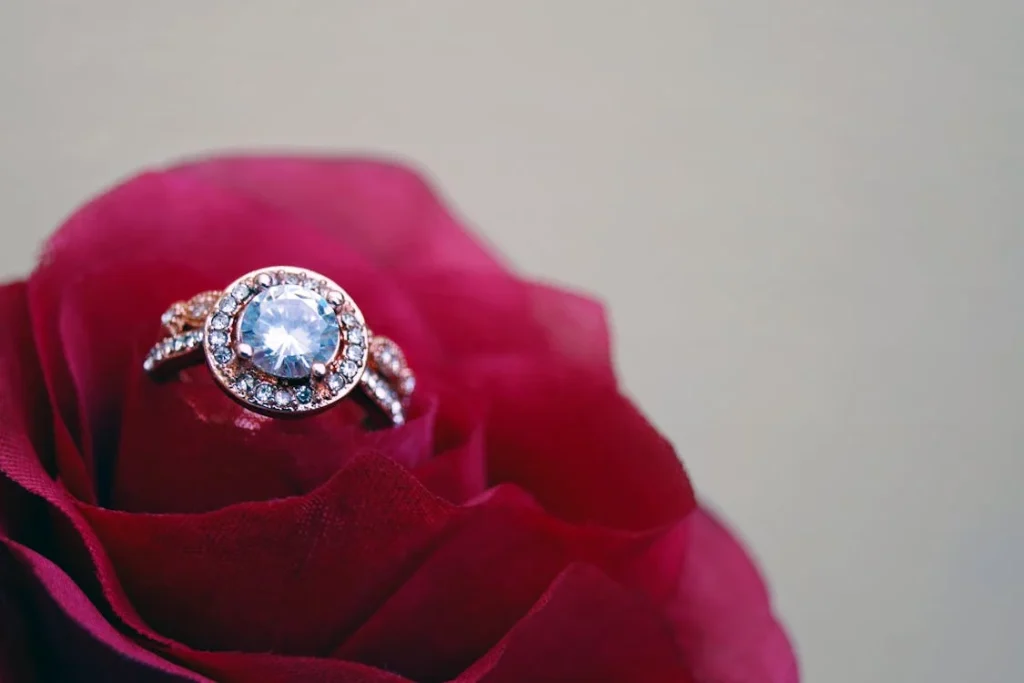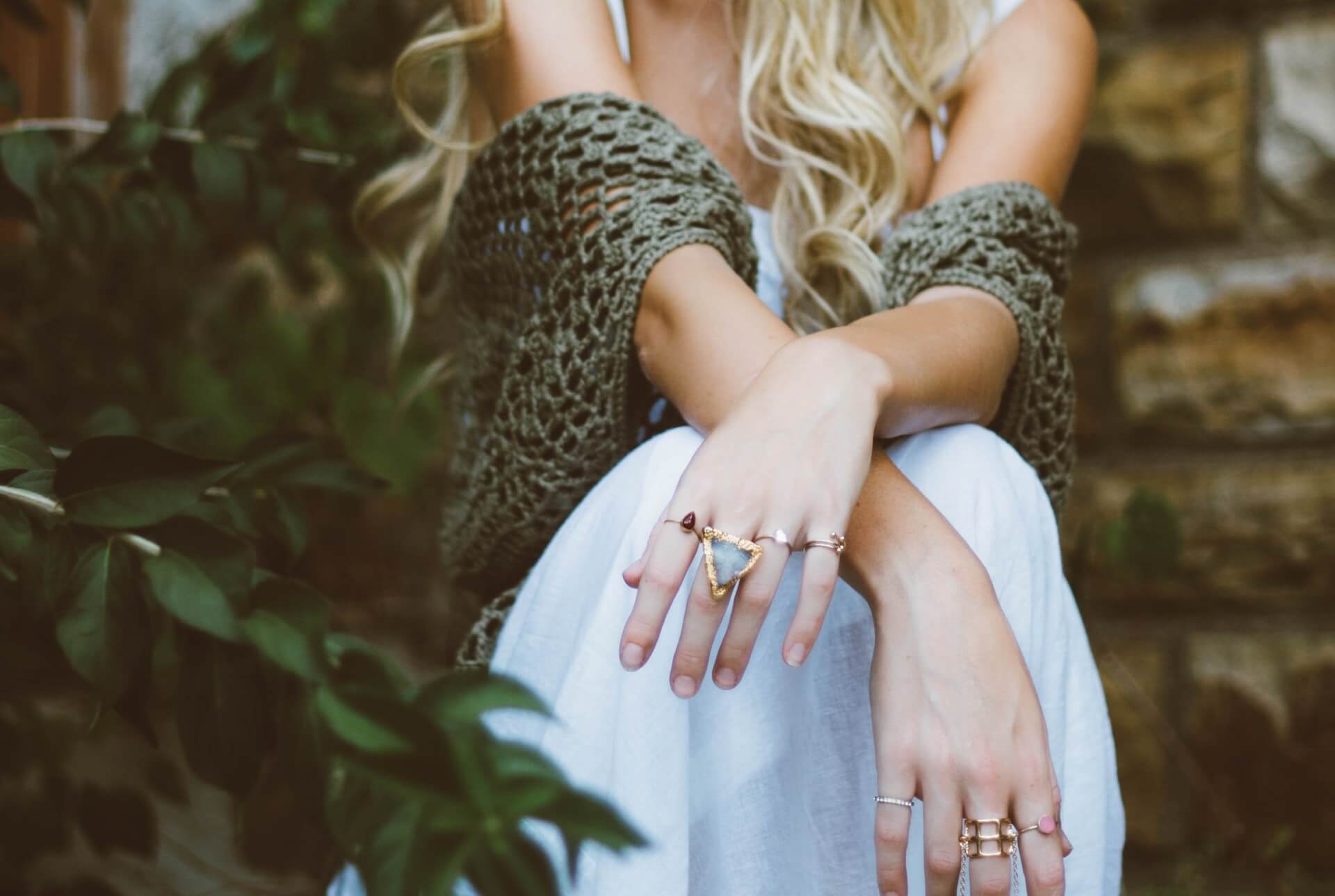The Best Ethical Jewelry Options for Couples Who Value Sustainability

Jewelry is more than just an accessory. It represents love, commitment, and personal values. Many couples want meaningful jewelry that aligns with their beliefs.
Concern over sustainability is growing in the jewelry sector. Traditional mining harms the environment and exploits workers. Ethical businesses prioritize fair labor practices and responsible sourcing. Conflict-free diamonds and repurposed metals provide a more sustainable option.
But how can you tell which businesses value ethics? What are the greatest alternatives for environmentally aware couples? This post will address these issues and discuss the greatest ethical jewelry options.
1. Recycled Metal Wedding Bands for a Love That Lasts
Many wedding bands come from newly mined metals, which harm the environment. Gold and silver mining contribute to deforestation and pollution. Choosing recycled metal wedding bands reduces the demand for destructive mining.
Ethical jewelers craft stunning rings from repurposed gold, silver, and platinum. These materials are refined and reshaped into beautiful new designs.
BBC notes that patented innovations now extract 99% of gold from circuit boards in discarded electronics. Processing facilities can manage up to 90 tonnes of circuit boards weekly. This cutting-edge method is intended to recover several hundred kilograms of gold every year.
This jewelry retains its excellence while considerably lowering its environmental impact. Couples can find simple or intricate designs to match their style. Some brands even offer customization using heirloom metals. Sustainable wedding bands symbolize a love that respects both tradition and the planet.
How do recycled metal rings compare in durability?
Recycled metal rings are just as strong as those made from newly mined metals. The refining process restores their structural integrity, making them long-lasting. Many high-end jewelers prefer recycled metals because they retain purity while reducing environmental harm, ensuring excellent durability and sustainability.
Related: Why You Need to Use Eco Friendly Phone Cases to Accessorise Your Mobile?
2. Lab-Grown Diamonds Are the Future of Sustainable Jewelry
Lab-grown diamonds are as beautiful as mined diamonds, but without the ethical considerations. These diamonds are manufactured in controlled circumstances utilizing modern technologies. They require fewer resources and produce less waste.
Statista states that lab-grown diamonds are created using two methods: high-pressure, high-temperature (HPHT) and chemical vapor deposition (CVD).
By 2024, CVD diamonds are expected to generate $16.5 billion in market revenue. HPHT diamonds will reach $11.7 billion, but they are less popular due to lower-quality stones. The HPHT process often produces yellow or brown diamonds, which have a lower economic value.
Many jewelers now offer lab-grown diamonds in various styles. They come in classic solitaires, modern halos, and vintage-inspired designs. These diamonds are just as durable and brilliant as natural ones.
Choosing lab-grown diamonds supports sustainable practices in the jewelry industry. Couples can enjoy luxury while making an eco-friendly choice. Ethical jewelry brands continue to innovate with stunning lab-created gems.
Do lab-grown diamonds have inclusions like natural diamonds?
Yes, lab-grown diamonds can include inclusions, although they are usually fewer and less apparent. The regulated laboratory setting reduces flaws, resulting in superior clarity stones. Many lab-grown diamonds have higher clarity ratings than real diamonds, making them a desirable option for flawless-looking engagement rings.
Related: How to Choose Eco-Friendly Eyewear
3. Celebrate Love Ethically with Halo Rings
Leibish leads the way in ethical jewelry, ensuring sustainable sourcing for all its designs. The brand supports responsible mining and fair labor practices to minimize environmental impact. Unlike conflict diamonds, which fund unethical practices, Leibish offers only responsibly sourced stones.
CBP plays a crucial role in regulating diamond imports, enforcing the Clean Diamond Trade Act to uphold ethical sourcing and prevent illegal diamond trade. This law, signed in 2003, ensures the U.S. follows the Kimberley Process Certification Scheme (KPCS).
The KPCS is an international mechanism for preventing conflict diamonds from entering the legal market. CBP monitors diamond imports and leads enforcement actions to stop illegal trade.
Leibish offers a wide selection of ethically crafted jewelry for couples who value beauty and sustainability. Halo engagement rings are among their most popular designs, admired for their radiant beauty and sophistication.
Each ring features a dazzling center stone surrounded by smaller gems, creating a radiant effect. This classic design increases the brilliance of the primary diamond, making it look bigger.
With their blend of elegance and ethical craftsmanship, halo engagement rings remain a popular choice for couples.
Can halo rings be resized easily?
Resizing halo rings can be challenging due to their intricate settings. The surrounding diamonds may need adjustment, which requires skilled craftsmanship. It’s advisable to get the right ring size before purchasing to avoid complex resizing work that could impact the structural integrity of the setting.

4. Vintage and Antique Jewelry is Another Sustainable Option
Vintage and antique jewelry is also one of the most sustainable choices. It eliminates the requirement for new manufacturing and mining. Older pieces are often handcrafted with high-quality materials that last.
Rapaport mentions that Gen Z and Millennial consumers are moving away from mass-produced jewelry, preferring rare and sustainable pieces. The vintage and estate jewelry market is growing as buyers seek unique, eco-friendly options. With sustainability becoming a priority, vintage jewelry offers both style and sustainability.
Ethical jewelers restore and resell antique rings, necklaces, and bracelets. Art Deco engagement rings and Victorian pendants remain timeless and unique. These pieces add history and individuality to a couple’s love story.
Choosing vintage jewelry lowers environmental impact while preserving craftsmanship. Pre-owned jewelry offers beauty with a rich past. Couples can celebrate love with a piece that carries its own unique history.
Is there a way to verify the authenticity of vintage jewelry?
Authenticity is confirmed through hallmarks, expert appraisals, and metal composition tests. Reputable jewelers provide detailed documentation on a piece’s origin and craftsmanship. Buyers should request certifications or work with established antique dealers to ensure they are purchasing genuine vintage jewelry.
Ethical jewelry is more than a trend. It adds lasting value to symbols of love. Couples are shifting toward recycled metals, lab-grown diamonds, and vintage pieces. This choice reflects changing priorities where beauty meets responsibility. Sustainable jewelry lets couples celebrate love without harming the planet.
Each ethical piece supports environmental stewardship and fair labor practices. Choosing responsible options turns jewelry into a statement of values. Stunning designs prove that sustainability and elegance go hand in hand. Ethical jewelry isn’t just stylish, it represents a meaningful commitment.


